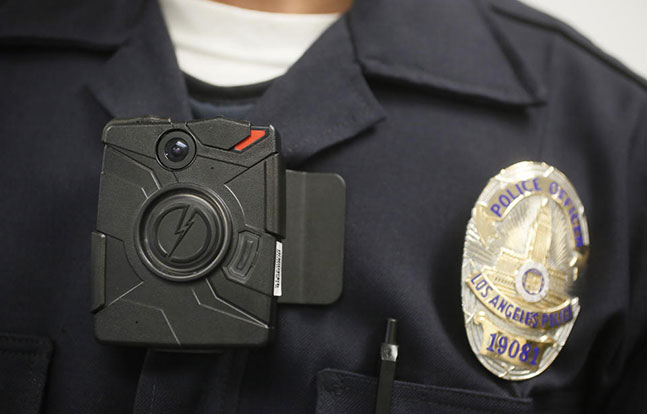As law enforcement agencies across the country continue to deploy body camera pilot programs, effective ways of doing so are being illustrated more and more.
PoliceOne joined with Capt. Tim Hegarty and the Riley County Police Department in Manhattan, Kan., to put together a five-step guide to initiating a body camera pilot program.
The five steps are initiating, planning, executing, monitoring and maintaining, and closing and evaluating.
Advertisement — Continue Reading Below
For “initiating,” Hegarty gives the following explanation:
First for Riley County was determining the need for a body camera program. There was no imminent community problem that drove a need for the cameras, but Hegarty and his officers determined that in the future, it’s very likely that body camera technology will be required — whether legislated or decided upon by the agency.
“We decided, ‘We don’t need it right now, so why not take the time to explore our options so that when the time comes, we do know what we need and how to go about it?’”
Advertisement — Continue Reading Below
For more on the five-step guide to initiating a body camera pilot program, please visit PoliceOne.com.
- RELATED: Utah Police Body Camera Records Footage of Dramatic Toddler Rescue
- RELATED: Seattle Police Begin Posting Body Camera Footage to YouTube
- RELATED: US Customs & Border Protection Continues Body Camera Study
- RELATED: Saginaw Police Adding 12 Body Cameras in 2015
- RELATED: 10 Reasons Cops Should Use Body-Worn Cameras
























